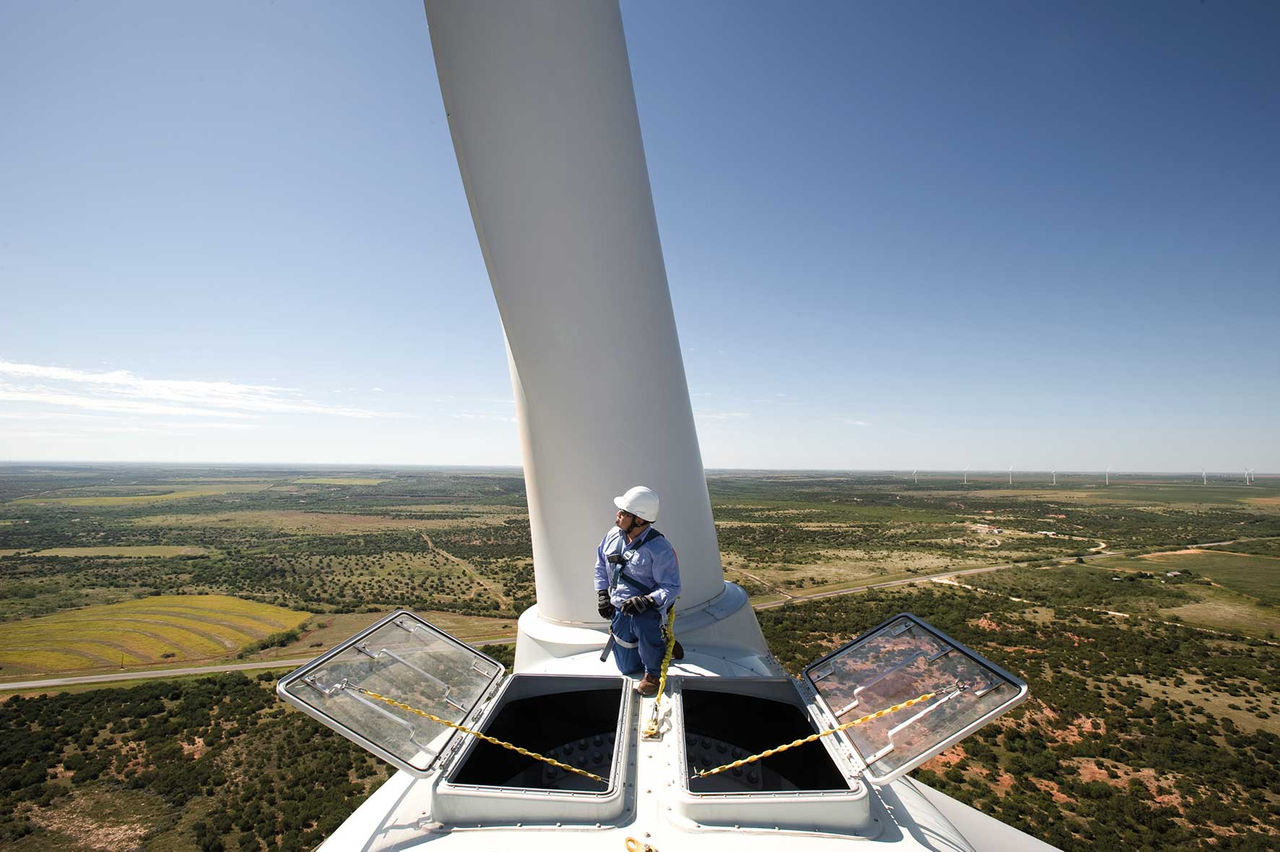Glossario
- Word
- ACT
- Definition
- Actual – associato ad uno o più dati, rappresenta i dati consuntivi (o effettivi). In un sistema di reporting completo vengono generalmente confrontati con i dati di Budget (v. BDG).
The integrated presentation of financial and sustainability information makes it possible to effectively communicate the business model and the value creation process both in terms of results and the short- and medium/long-term outlook. The management of economic, environmental and social aspects is increasingly significant in terms of assessing the ability to create value for stakeholders.
The following graphical representation summarizes the value chain of the Enel Group: the main inputs used, how they are transformed into outcomes and value created for stakeholders.
Financial Community
(1) Does not include €849 million regarding units classified as held for sale.
Customers
Suppliers
Communities
Partners
Financial Community
Customers
Suppliers
Communities
Partner
Enel’s business model is conceived to maximize long-term value creation for all stakeholders through the achievement of Group growth, development and efficiency objectives while at the same time minimizing business risks. The Enel business model is structured along the entire value chain through global business lines for generation (Enel Green Power and Thermal Generation), commodity portfolio management (Global Energy and Commodity Management), distribution (Enel Grids and Innovability) and customer sales (Enel X Global Retail), supported by the Global Service Function and Staff Functions. The current mission of each global business line can be summarized as follows:
By exploiting the synergies between the different business areas and implementing actions through the lever of innovation, the Enel Group seeks to develop solutions to drive sustainable progress, reduce environmental impact, meet the needs of customers and the local communities in which it operates and ensure high safety standards for employees and suppliers.
In order to fully benefit from all the opportunities emerging in the market environment in which it operates, the Group has identified three different business models (Ownership, Partnership and Stewardship) it can deploy depending on the geographical area and expected return:

Link ai contenuti in evidenza
Strategic Plan
Bilancio consolidato
Zero emissions ambition and just transition
Circular economy
In italiano, Neutralità Carbonica, rappresenta il bilanciamento delle emissioni di CO2 con processi di rimozione del carbonio.
Carbon Capture and Storage – è una tecnologia utilizzata per impedire il rilascio di grandi quantità di anidride carbonica nell'atmosfera, separando l'anidride carbonica dalle emissioni e iniettandola nelle formazioni geologiche.
Lorem ipsum dolor sit amet, consectetur adipiscing elit. Mauris ex quam, cursus at velit hendrerit, ornare rutrum ipsum. Nullam eget lobortis elit, nec condimentum dui.